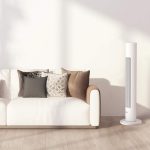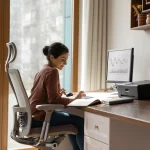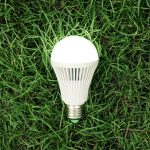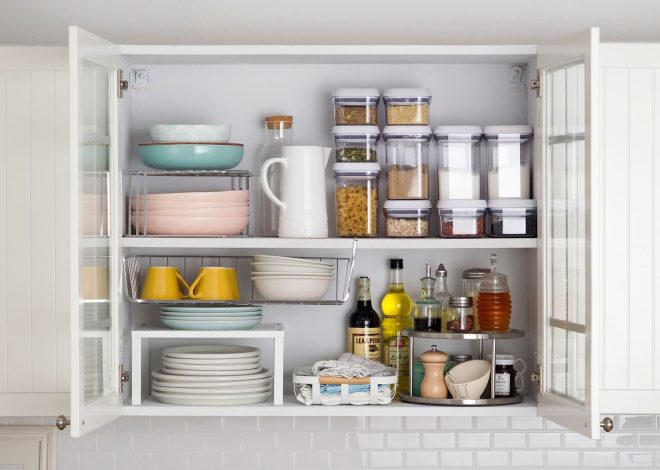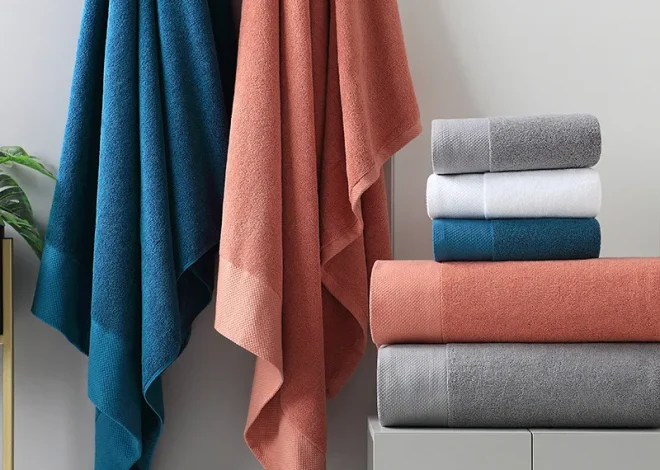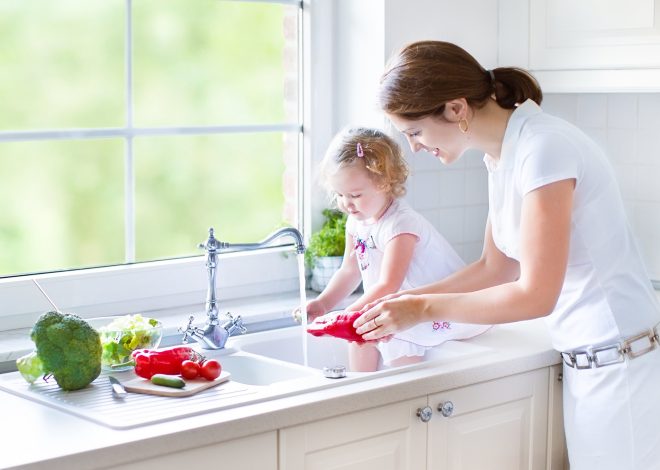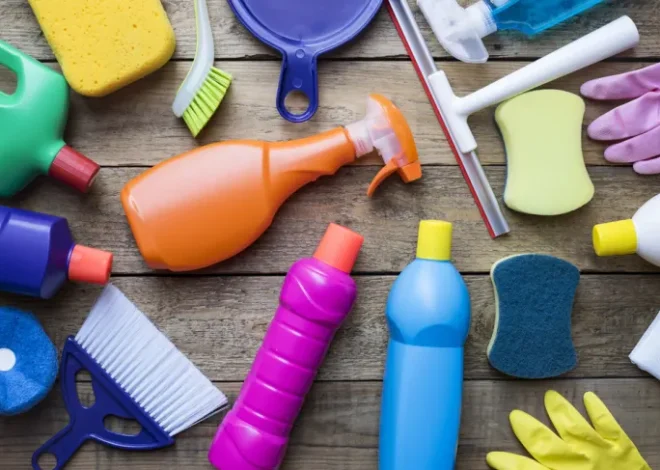Choosing the Right Coffee Filter for Your Brew
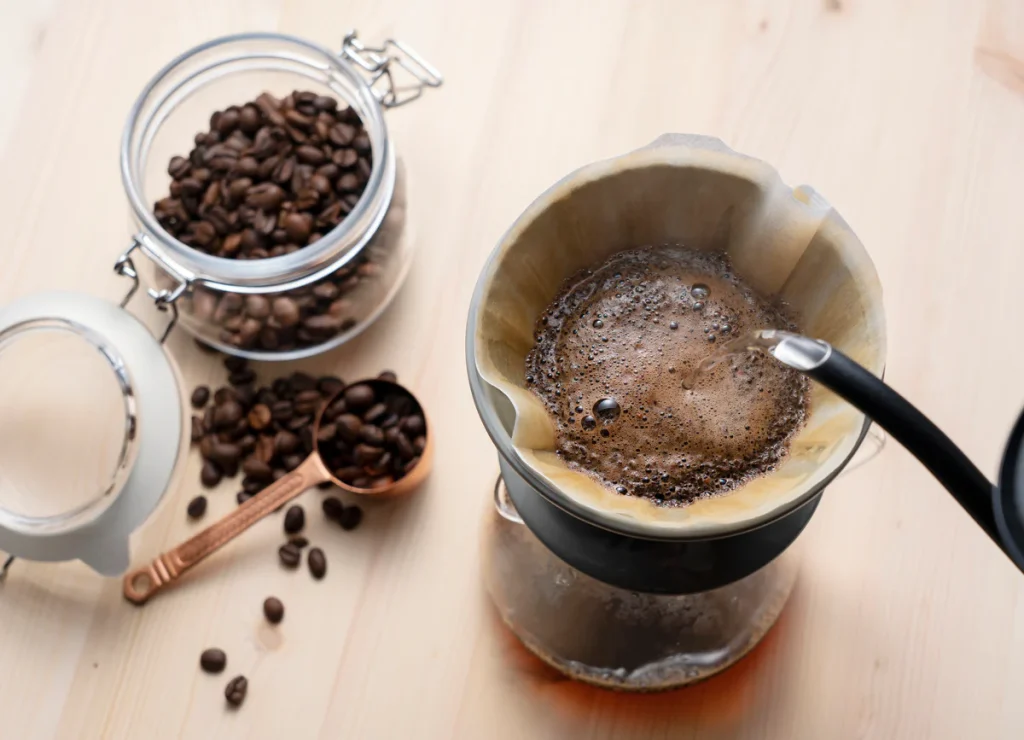
When it comes to brewing coffee, the filter is often overlooked. The spotlight is usually on the coffee itself, with its various origins, processing methods, roasts, and tasting notes. Coffee machines, with their different pouring and extraction methods, also get their share of attention. Even water quality has become a topic of discussion, with people focusing on the right balance of total dissolved solids. However, the choice of coffee filter plays a significant role in determining the taste of your brew. From the materials and shapes to sizes and enhancements, the type of filter you use can greatly affect the outcome in your cup.
In this article, we’ll dive into the various types of coffee filters and explain how they impact the flavor, so you can make the best choice for your coffee.
Filter Materials
At their core, coffee filters all serve the same purpose: separating coffee grounds from the brewed liquid. However, the material of the filter can make a significant difference in the taste of your coffee. Just like the choice of coffee, brewing method, and water, the filter material will influence the final flavor in your cup.
Paper Coffee Filters
Paper filters are the most widely used option for brewing, whether in drip coffee machines or pour-over setups. These filters are tightly woven and absorbent, making them effective at trapping most of the coffee oils and fine particles. The result is a cleaner, brighter cup with a crisp and refreshing taste. The lack of fine coffee grounds enhances the natural acidity of the coffee, giving it a clean, smooth mouthfeel.
Paper filters are easy to dispose of, making them a convenient option for cleanup. However, this convenience also means they contribute to more waste, as each filter is single-use. Additionally, using paper filters can make the coffee slightly healthier by reducing the amount of coffee oils that make it into your cup, lowering the cholesterol content.
Metal Coffee Filters
In contrast, metal filters provide a different brewing experience. The larger pores in metal mesh allow coffee oils and finer grounds to pass through into your cup. This creates a fuller, richer body with more depth in flavor, thanks to the oils. The added aroma from the oils also contributes to a more complex flavor profile. While metal filters require more maintenance than paper filters, they are reusable, making them a more eco-friendly option in the long run.
Cleaning metal filters can be a bit tricky, as the coffee grounds may get stuck in the mesh. Regular cleaning is necessary to avoid any leftover grounds or oils affecting the flavor of your next brew. Tools like the [Cafiza Espresso Machine Cleaning Powder](https://urnex.com/cafiza-powder) can help keep your metal filters clean and free of residue.
Cloth Coffee Filters
Cloth filters offer a middle ground between paper and metal. These filters are woven similarly to paper, so they catch small coffee particles effectively. However, unlike paper filters, they allow coffee oils to pass through, creating a fuller cup of coffee. The result is a smooth and rich coffee without the fine grounds found in other filters.
However, cloth filters are more challenging to maintain. They need to be washed thoroughly after each use, and they shouldn’t be allowed to become too dry or too wet. Cloth filters are typically good for about 30 uses before they begin to affect the flavor of your coffee, though some high-quality cloth filters can last up to 100 uses.
Coffee Filter Shapes: Cone vs. Flat-Bottom
In the coffee world, there’s a longstanding debate over whether cone-shaped or flat-bottom filters produce the best cup of coffee. Advocates of cone-shaped filters, such as those used with the [Hario V60](https://www.hario.jp/sp_v60series.html), argue that the steep angle of the filter and brewer ensures a more balanced extraction. On the other hand, supporters of flat-bottom filters, like the [Kalita Wave](http://kalita.ae/products/waveseries/), believe they yield a more flavorful brew and are easier to use without requiring special pouring techniques.
Recent research from the [University of California Davis Coffee Center](https://coffeecenter.ucdavis.edu/) has aimed to settle this debate. The study found that filter shape does indeed affect the taste of the coffee. For light-roasted coffees, cone filters tend to emphasize citrus, berry, and sour flavors, while flat-bottom filters highlight dried fruit, sweet, and floral notes. For darker roasts, cone filters bring out more intense bitterness, while flat-bottom filters result in flavors like chocolate, cocoa, and wood.
The research also indicated that the shape of the filter affects the way water interacts with the coffee grounds, influencing the “mass transfer” process. While further investigations are underway, the current findings suggest that filter shape plays a critical role in determining the taste profile of your coffee.
Common Coffee Filter Questions
Should I pre-wet a paper filter before brewing?
Yes, most coffee experts recommend pre-wetting your paper filter. Doing so removes any papery taste that might affect the flavor of the coffee. It also preheats your brewing vessel, helping maintain the temperature of the coffee during brewing. However, pre-wetting is generally not recommended for immersion brewing methods.
What’s the difference between white and brown paper filters?
The difference lies in the bleaching process. White filters are bleached with either chlorine or oxygen, while brown filters remain unbleached. Both are safe to use, but bleaching adds an extra environmental cost and step in manufacturing.
What do the numbers on paper filters mean?
The numbers on paper filters indicate their size. For example, a No. 2 filter is typically used for brewing 2-6 cups, a No. 4 filter is for 8-10 cups, and a No. 6 filter is for more than 10 cups of coffee.
Can I reuse a paper filter?
Yes, you can reuse paper filters, particularly thicker ones. Simply discard the used coffee grounds, rinse the filter with water, and allow it to dry. If you prefer a filter that lasts longer, a metal filter is a great investment.
How do I position the filter in a Chemex brewer?
When using a Chemex filter, the side with three folds should face the spout of the brewer. This ensures that the sturdier side of the filter remains in place and doesn’t collapse during brewing, allowing the spout to function as an air channel for the brewing process.

